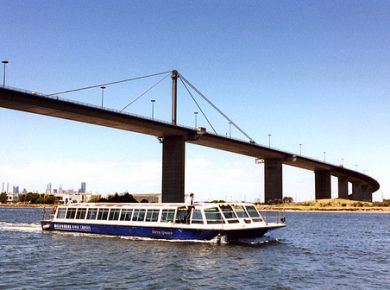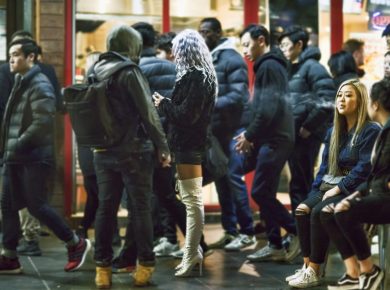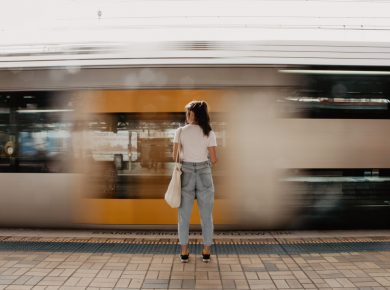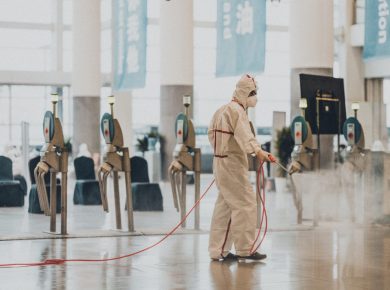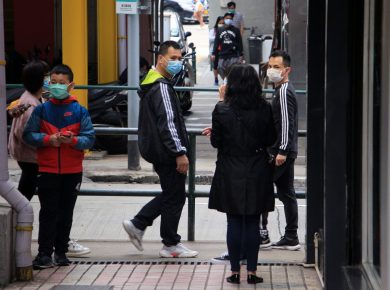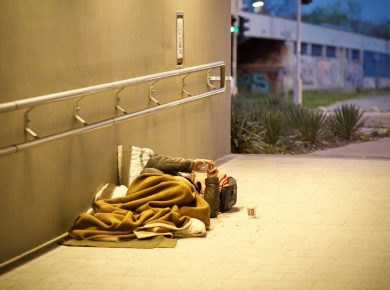COVID19 is tragic for individuals, families, communities and the economy in Melbourne and across the globe yet provides an opportunity to stop and think about the implications for our cities. The lockdown has highlighted the strengths and vulnerabilities of our cities and has presented opportunities and challenges.
The wisdom of policies and investments in the provision of green space and local shops and services have been highlighted as Victorians are confined to their homes and neighbourhoods, with city-wide movements restricted. With ‘exercise’ one of the few permitted activities, many people have ‘discovered’ and now value their local parks and cycle paths, and those well served have celebrated their good fortune to be so blessed with opportunities to recreate safely. For those also fortunate to be within walking distance to shops and services, shopping locally has become highly valued
COVID19 has reinforced the wisdom of creating a city of 20-minute neighbourhoods that facilitates local living. The 20-minute neighbourhoods are healthier, more sustainable and more resilient than our approach to planning suburbs since the sixties. Achieving the 20-minute neighbourhoods across the city will help strengthen and build communities and its implementation is now a priority.
However, COVID has also highlighted our cities’ vulnerabilities: tiny apartments without balconies that have assumed that residents willl use the public realm for socialising and relaxation, have proved inadequate during the lockdown as they have become repurposed as places to work and learn. Overcrowded apartments exacerbate these problems. Similarly, those greenfield suburbs without opportunities to access essential services and local employment have also proved problematic.
As people worry about using public transport for fear of infection, we must keep people out of private motor vehicles and encourage walking and cycling whenever possible. More space is therefore required for pedestrians and cyclists. Extensive cycling and walking infrastructure should be available to everyone: this could be a post-COVID a legacy. To future proof our cities and avoid even more congestion, we must keep people out of private motor vehicles and using sustainable modes of transport whenever possible.
Overnight we have transitioned to working from home, demonstrating this is not only possible, but preferred by many. We have seen city-wide benefits from this transition, including improved air quality and reduced noise as levels of traffic declined. Some people will want to continue working from home, while others will need to return to working from their place of work. Yet, Imagine the impacts on the city, if each week all those who were willing and able to work from home, did so at least one or two days across the working week. Each day there are 1.180 million km of trips associated with dropping off and picking up primary school children by private vehicle. What if on those days when parents worked from home, they started their day by walking or cycling with their children to school, or even better – that older children were given the ‘rite of passage’ of the independent mobility they crave, and we enabled young people to travel to school – alone or accompanied – using active travel? This would not only reduce congestion it would also encourage healthier more sustainable mobility; and help put a dent in Australian’s obesity epidemic in children and adults.
We need a bold vision for post-COVID stimulus package investments, aimed at delivering more environmentally sustainable and more equitable city.
- We must commit to a recovery program for cities that that addresses climate change as a key driver of our future economy.
- To support the construction sector, both state and Federal government should commit stimulus funding to increase and upgrade existing public housing.
- Delivering liveable 20-minute walkable neighbourhoods with local jobs, mixed use, mid-rise, and transit should be prioritised in established and new areas across Melbourne, with stimulus funding invested into delivering the essential social infrastructure needed to make this vision a reality – schools, community centres, libraries.
- We should improve the greening and protection of biodiversity of urban areas, local open space and linear parks within new and established areas.
- We need a transformative transport policy that gives more people better active travel choices, reprioritises road space in favour of cyclists and pedestrians (including cycling boulevards on minor roads parallel to arterial roads); creates incentives to spread the daily peak of car journeys; and introduce road pricing. Stimulus funding must invest in pedestrian and cycling infrastructure providing links to schools, train stations, public transport hubs and activity centres to make active transport safer for everyone;
- We need enhanced and enforceable apartment design policy that mandates better and more resilient apartments that re-establish the basic principles: space, height, light, ventilation, balconies, storage, access to private and semi-private open space and in particular, space for age-appropriate play or activities for apartments catering to children.
- Monitor and challenge past assumptions about agglomeration being the answer to economic success – how innovative have and will we be in the new normal?
- With high quality internet access, we have demonstrated the benefits from working from home. We need to encourage more people to work home more often, creating more local employment opportunities, and encouraging those who can, to get to work using an active mode rather than driving;
- We have an obesity epidemic: Could we enable children being able to walk and cycle to school, by adopting progressive policies that make school and local neighbourhoods ‘child-friendly’ by slowing traffic to walking speed, returning the streets back to the people.
- We need to reform planning processes to create a more efficient system that reduces complexity and internally-conflicted planning schemes, and creates enforceable tools that ensures delivery of essential social infrastructure.
In the post COVID19 period, if not well managed we will return to business as usual, or worse. If not managed, people will drive rather than use sustainable modes of transport, increasing emissions and traffic congestion. There are calls from industry and the private sector to stimulate the economy through a moratorium on red and green tape. If not carefully managed this could enable harmful development and infrastructure and unsustainable behaviours, systems and impacts. Now is the time for leadership to push the envelope to deliver better outcomes for all citizens, to ensure any post-COVID stimulus investments help deliver a new green economy, and more equitable society.
We call on all levels of government and private sector organisations to use policy and practice to create a future we can be of proud now and for future generations: a healthier more sustainable equitable future that promotes the health and wellbeing of citizen, the eco-system and the environment.
Billie Giles-Corti, Director Urban Futures Enabling Capability Platform Director, RMIT University
Peter Seamer, Director, Planning Strategies Pty Ltd and Honorary Fellow, Centre for Urban Research, RMIT University
Lisa Riddle, Consultant Strategic Planner

